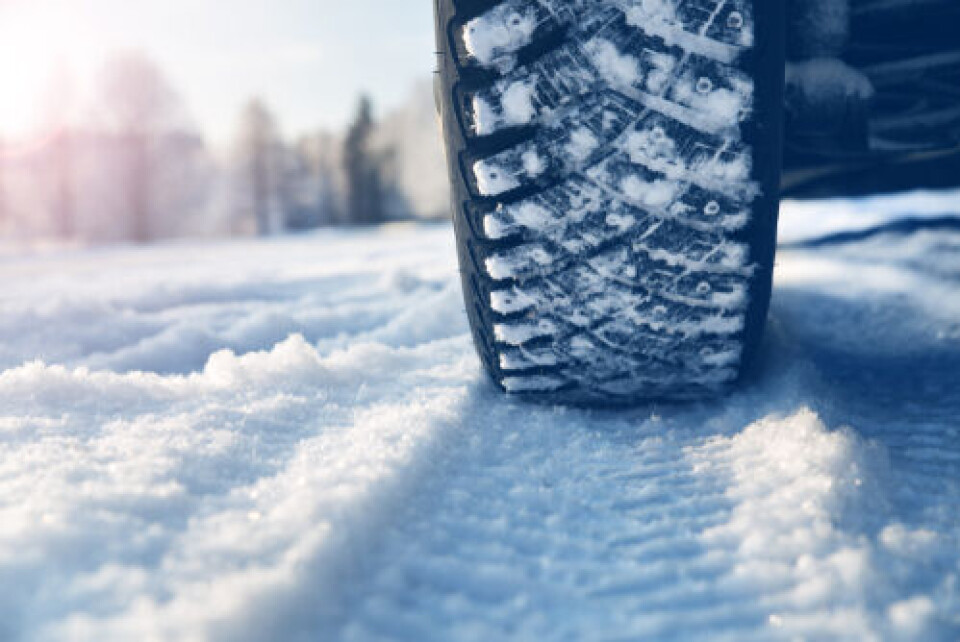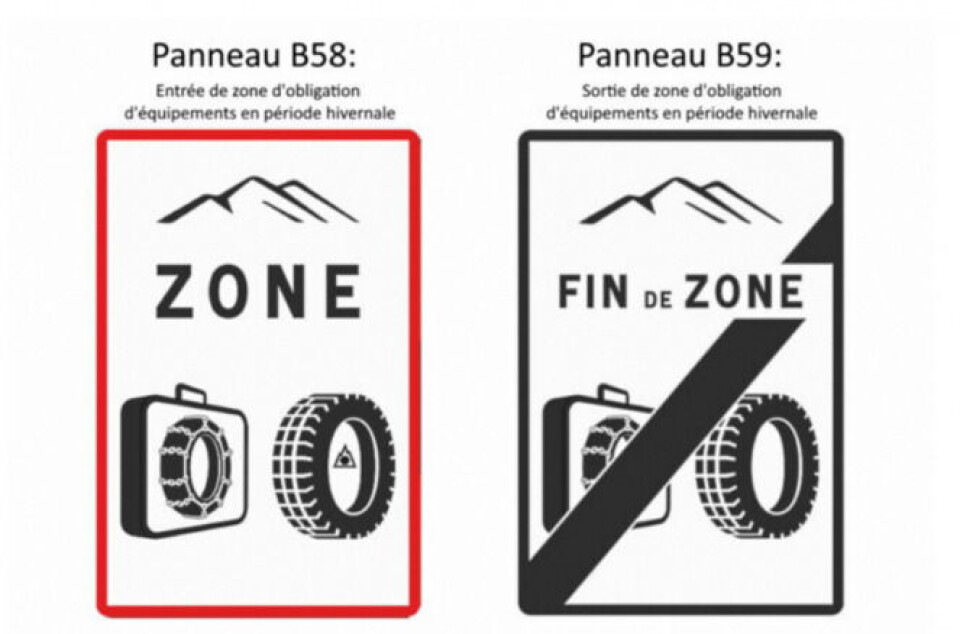-
Farmer protests in France: Blockades in place on several major roads
Tractor convoys head for Paris ahead of a major protest planned for Thursday
-
What is diamond sign that has appeared on major road near my French home?
Trial for use of sign is underway
-
Six ‘black traffic’ days predicted in France for 2026
Highest-level warnings occur around public and school holidays
Reminder: Winter tyre rules enforced in French mountains from November
Drivers have been obliged to have the equipment since last winter, but will only now be fined for non-compliance. We look at the departments concerned

[Update November 1 at 08:00 - The government has now announced that fines will not be handed out for non-compliance with winter tyre rules until at least the end of 2022.]
From November 1, people driving without winter tyres or chains in mountainous areas where they are required will risk a fine of €135.
Read more: Are snow chains a permitted alternative to winter tyres in France?
Read more: Recap: France’s new snow tyre law starts, what you need to know
This is because of the Loi Montagne, which applies to 48 French departments. These departments can choose to implement the rules across their whole area, only in certain communes or not at all.
In participating departments, cars, vans, buses and lorries are all concerned, with the only exception being cars fitted with studded tyres.
Vehicles such as cars, camper vans and vans can either use four winter tyres or, failing this, carry fabric socks or metal snow chains in their boot.
The snow chains or socks must be suitable for at least two ‘driving’ wheels and the driver must know how to fit them when needed.
If you buy winter tyres, they should be marked with ‘M+S’, ‘M.S’, ‘M&S’ or ‘3PMSF’.
Winter tyre laws came into effect last year, but drivers were given a grace period, meaning that penalties will only be enforceable this winter.
The requirement will remain in place every year between November 1 and March 31, regardless of weather conditions.
The 48 departments in which winter tyre rules can be imposed are: Ain, Allier, Alpes-de-Haute-Provence, Hautes-Alpes, Alpes-Maritimes, Ardèche, Ariège, Aude, Aveyron, Cantal, Côte d’Or, Creuse, Doubs, Drôme, Eure-et-Loir, Gard, Haute-Garonne, Hérault, Isère, Jura, Loire, Haute-Loire, Lot, Lozère, Meurthe-et-Moselle, Nièvre, Puy-de-Dôme, Pyrénées-Atlantiques, Hautes-Pyrénées, Pyrénées-Orientales, Bas-Rhin, Haut-Rhin, Rhône, Haute-Saône, Saône-et-Loire, Savoie, Haute-Savoie, Tarn, Tarn-et-Garonne, Var, Vaucluse, Haute-Vienne, Vosges, Yonne, Territoire de Belfort, Corse du Sud and Haute-Corse.
However, only 34 of these departments have decided to impose the rules across part or all of their territory this year.
Further information on the areas in which the requirements are in place can be found on the state Sécurité routière road safety agency website.
Drivers will be notified that they are entering a winter tyre zone by B58 and B59 road signs. The B58 sign shows a mountain above the word ‘ZONE’ and a picture of snow chains and winter tyres, surrounded by a red border.
The B59 sign shows the same images, but with ‘ZONE’ replaced by ‘FIN DE ZONE’ and a black line struck diagonally across it.

Credit: Sécurité routière
https://www.securite-routiere.gouv.fr/chacun-son-mode-de-deplacement/dangers-de-la-route-en-voiture/equipement-de-la-voiture/nouveaux
Related articles
9 changes for residents and second-home owners in France November 2022
Are tyre prices and minimum tread depths the same in France and UK?
























